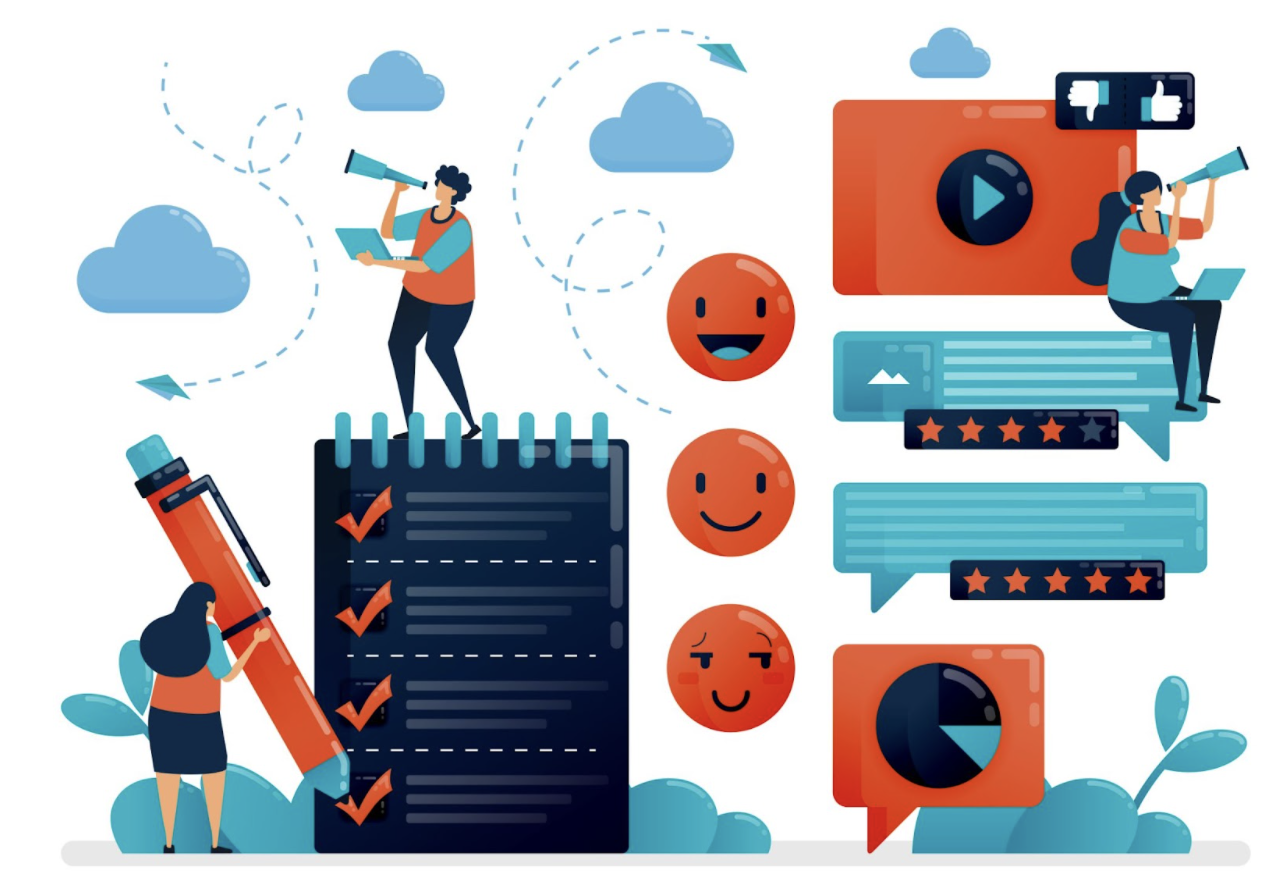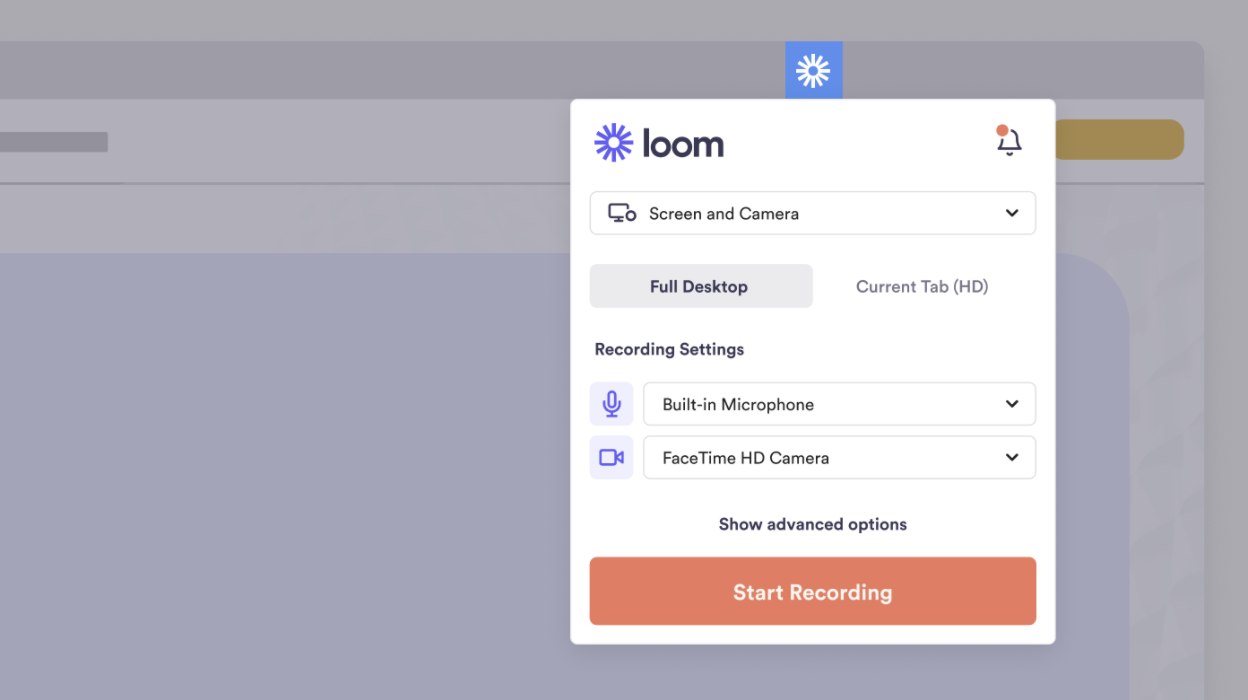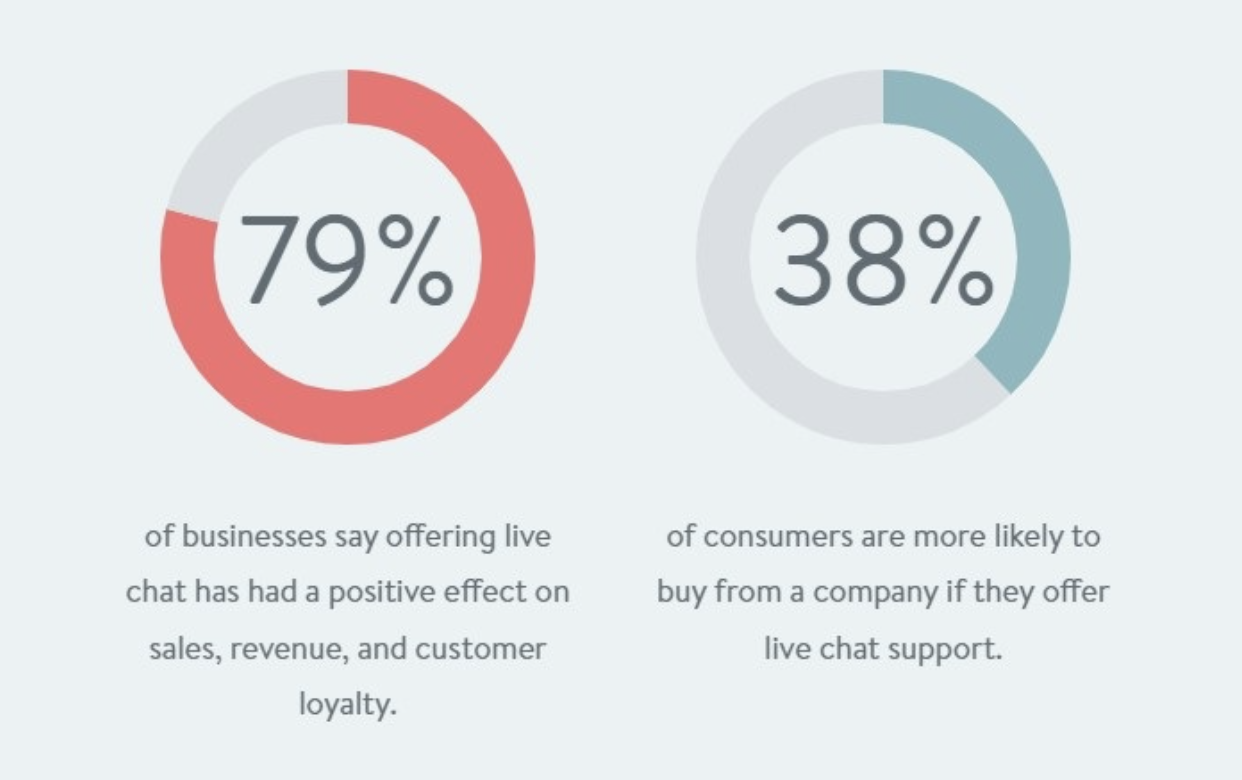Good customer communication is the key to running a successful business.
Customers are the lifeblood of every company, and research has repeatedly shown that quality products and services are no longer enough to keep people engaged with your business.
Consumers expect on-demand dialogue from the brands they support. They want quick, easy, and personal interactions across every stage of the buying journey. Although these demands can seem daunting, it's important to keep up. If you can't communicate the way customers want, your competitors are only a Google search away. Fortunately, revisiting your communication strategies and implementing new processes is easier than you might think.
This ultimate guide to customer communication covers all the information you need to begin meeting and exceeding expectations.
What is customer communication?
Customer communication is a two-way interaction between a single business and a single customer. It isn't a company talking at consumers––large-scale and impersonal outreach like ad campaigns and media broadcasts do not qualify.
Customer communication is a one-on-one conversation that takes place on a micro-level—like a support representative using Loom to answer a customer's question or a salesperson calling a potential client.
These intimate interactions help consumers feel heard and valued by the brands they encounter. And, they offer businesses the chance to wow customers while gaining insight into the user experience.
Of course, there's a difference between customer communication and good customer communication. The latter isn't difficult, but it does require a consistent commitment.
It requires developing an omnichannel presence and engaging with customers on familiar platforms and through familiar methods. It requires creating meaningful customer interactions at every brand touchpoint.
Why is customer communication important?
Customer communication, when done right, can help you build a community of loyal customers, raving fans, and a widely respected brand known across the world.
Can you think of a time you’ve encountered poor customer communication? Maybe you were connected to an unqualified support representative who had no idea what they were talking about or you were forced to wait on hold for several hours.
In these situations, it feels like the company doesn't care about you — like you’re a bother rather than a valued customer. These negative experiences make you want to take your business elsewhere.
Now, contrast your negative experience with a time you’ve found help in a heartbeat.
Perhaps you talked with a human representative who solved your problem quickly, or maybe you had a pleasant dialogue with a supplier. In these instances, it feels like the business cares about your patronage. And it gains your business in the process.

Image from Vecteezy
A few of the ways effective customer communication can help a business grow and thrive include:
Increasing sales. Increasing sales is the number one goal of most businesses. It's also the natural byproduct of an effective customer communication strategy. If a potential customer sends an inquiry and receives a quick response with pertinent information, that person is more likely to buy from you. After all, buying is an emotional decision, and positive exchanges increase feelings of goodwill.
Nurturing existing relationships. Many businesses overlook their existing customer relationships. Since the customer is already paying money, converting them isn't an issue, right? Not so fast. According to an acquisition study by Hubspot, 90% of customers are more inclined to make additional purchases following a series of positive customer service interactions.
Creating a positive brand image. Good customer engagement leads to a positive brand image. A positive brand image is vital as consumers now prioritize social interaction in their business dealings, which can matter to them more than how ‘good’ the product is. Effective communication keeps the positive PR churning, and it turns your existing customers into outspoken ambassadors who promote your business to friends.
Refining products and services. Customers are a goldmine of information. By implementing good customer communication practices, you can attain genuine insight and feedback about your product or service (keep reading to learn how to gather and implement suggestions from customers).
Types of customer communication
There are many types of customer communication, and the most successful companies incorporate several of them along a customer’s brand journey. Doing so helps businesses connect with buyers wherever they are, in whichever way they prefer to communicate.
With that in mind, here's a look at some of the best and most popular types of customer communication for today's digital age.
Sending a Loom
Sending a Loom is one of the best ways to engage with your customers. It combines the benefits of a video meeting with the ease of email to quickly send a personalized video through email.

Loom's simple yet powerful interface makes it the ideal customer communication platform for product demonstrations, answering support tickets, and even pressure-free sales.
By quickly recording your screen you can convey vast amounts of information—far more than text—and personalize it for your recipient. It doesn't require any face-to-face meeting time yet feels as intimate as traditional video chat.
What's more, it blends seamlessly with your existing strategy. Your customers don't need a Loom account to view videos, and the shareable links last as long as you like.
Calls & text messages
Everyone has a mobile phone nowadays. That makes calling and texting an excellent way to engage customers.
Although texting is a simple, hassle-free way to connect with customers, sharing your voice enables a more intimate interaction. Phone calls are uniquely suited for things like urgent messages, challenging topics, sensitive data, or even dealing with older populations who prefer phone communication.
Although it's been around for decades, email remains one of the classic digital communication tools that is preferred for customer interaction. Email is also great for engaging with customers on a mass or one-to-one basis. It’s as effective at handling your company newsletter as it is at responding to individual inquiries.
Live chat
Live chat has become increasingly popular over the past few years. This form of communication provides customers with instant access to a support agent who can advise them in real-time.

Screenshot from Kayako
In addition to human-powered live chat, there are also AI-powered chat bots. Unfortunately, AI is not yet powerful enough to replace human customer service reps. That said, they can still be useful when there’s nobody else around to respond to incoming queries.
In-app messaging
Do you know where your customers spend their time? Within their favorite apps, of course! According to Pew Research, at least 72% of US adults use one social channel on a regular basis. What's more, a large percentage of these users log in every single day.
A natural way for businesses to leverage these platforms is to create accounts and engage with users one-on-one. That means more than mass-blasting the latest piece of company news. In-app customer communication requires direct interaction with users through comments or direct social media messages.
Video conferencing
Body language and intonation comprise up to 93% of customer communication. This all gets lost within text-based communication channels. That's why video conferencing is so effective. However, video conferencing can be a logistical hassle for businesses and support agents. All parties must be available at the same time. What's more, everyone has to maintain a continuous connection for the whole session.
Still, it remains the most personal way of communicating outside of face-to-face contact.
How to improve customer communication?
There are many ways to improve communication in customer service. Let's take a look at five of today's top methods.
1. Add communication channels
Omnichannel communication is an essential part of any customer engagement strategy. Consumers want to see initiative in your outreach. That means meeting your customers where they're at and providing stellar service on every platform.
For best results, consult the communication methods above and consider adding ones your company isn't using.
If you're just starting to add channels, opt for ones that complement your existing processes. For example, consider adding Loom if you already use email, or live chat if you already text your customers. These won’t just be easier to learn and implement; they also minimize the risk of improper management (this can hurt your company’s reputation rather than help it).
Keeping on top of your communication channels also means keeping an eye out for emerging platforms.
2. Prioritize video communication
Omnichannel communication may be the most effective way to reach new customers, but video is among the most effective ways to engage them.
Video is the holistic approach to customer communication. It combines the best elements from every other method, culminating in a personal, easy-to-understand engagement that 93% of customers find helpful when learning about products or services.
While many businesses struggle to integrate video communication, it doesn't have to be challenging. You can gain all the benefits and avoid the headache by using a tool like Loom.
Use Loom to reach out and talk to customers asynchronously, without requiring them to book a meeting or hop online with support staff. Record your screen and webcam, then effortlessly send the recording for your customers to view at their leisure.
Of course, your video messaging strategy is only as effective as your underlying system.
3. Upgrade your CRM or CCM
Perhaps the most effective way to improve customer communication is to upgrade your CRM or CCM software.
CRMs (customer relationship management platforms) and CCMs (customer communication management platforms) help businesses keep tabs on and interact with customers across platforms and throughout different stages of their buying journeys.
There are many customer management solutions out there, including options like Hubspot, which integrate more dialogue-focused CCMs into comprehensive CRMs. CRMs help your entire customer service team stay on the same page. They can even enhance company-wide organization. This is a significant boon, as 70% of consumers say cross-team collaboration is necessary for customer satisfaction.
The other great thing about CRMs? They provide an easy way to collect data points for analysis.
4. Analyze customer data
Customer data doesn’t lie. When viewed objectively, it isn’t subject to opinion or judgment. And that makes it incredibly powerful. Now, you don’t have to be a hot-shot data analyst to garner insights from your customers. You just need a clear understanding of your goals.
For example, let’s say you want to improve engagement rate among customers within your direct outreach campaigns. The first step is using your CRM or old-school spreadsheet system to isolate the associated data. Once isolated, look for trends or patterns that indicate a drop-off point in open or response rates. From here, you can start tweaking your processes (e.g., your messaging) until you see an increase in engagement.
Analyzing customer data doesn’t just help you provide better communication. It also works out kinks in your system, leading to a streamlined workflow over time.
5. Follow the feedback
You should always collect customer feedback.
Customer feedback isn't just crucial for enhancing your product — it can also help elevate your backend processes. Customers can (and often will) happily tell you about any communication gaps in their experience with your business.
Aside from proactively soliciting customer feedback, you should also scour the web for existing customer reviews of your product. Take the feedback to heart and consider replying to customer comments (especially the negative ones). This shows customers that you took the time to read their feedback and care about the reputation of your business.
Asking for feedback says a lot about how you engage with consumers, and your customers are likely to view it as a positive exchange.
Best practices for customer communication

Improving your communication strategy is only helpful if you learn and employ today's best practices. Let's look at a few tips for practicing good customer communication.
1. Be quick
It's no secret that attention spans are getting shorter. Today's consumers expect fast and easy communication from the businesses they frequent, or they’ll simply look elsewhere. That’s why it’s important to respond promptly to all customer inquiries. While appropriate timelines vary based on the communication channel and type of exchange, you should aim to beat the industry average resolution time of 12 hours.
Not all businesses can employ a 24/7 customer support team to handle inquiries, and you shouldn't be expected to. But you should make a bit of effort to be around during the workweek, with support at the ready. Your customers will notice and reward you with greater loyalty and further patronage.
2. Be clear
It's crucial to write and speak in clear, concise language that consumers can understand. But don't try so hard to sound professional that you lose your natural human voice. Customers want to connect with you, not their dictionaries. Your customers are smart, and you can (and should) engage them with respect for their intelligence. Talk to them the way you’d like other businesses to talk to you.
One thing you can try is adding more visuals to your communication strategy. As they say, a picture is worth 1,000 words. And a video sent from a platform like Loom is worth millions. A Loom video doesn't just make sharing information easier. The visual cues help customers understand and connect dots in ways that aren't possible through text alone.
3. Add a personal touch
Humans crave personal connections. They want to feel in sync with the businesses they frequent. Personalized communications make consumers feel good about buying products or services. It also increases brand loyalty and improves the chances of further purchases down the line.
There are many different ways to connect on a personal level when having a conversation with customers:
Use a customer's name (only 21% of support agents do this, yet it makes a big difference)
Listen and empathize with customer pain points
Ask questions to understand the customer's needs
Share your voice and face
Loom lets you speak visually and expressively with your customers. It puts a face and voice to the communication, tapping into our human desire for connection and enhancing the customer experience.
After all, that’s what customer communication is all about.

